Regional Cuisine of Japan: The Chubu region's Local Specialties
In Japan, there is a special kind of food called “Kyōdo Ryōri” (郷土料理), which means regional or local cuisine. Various regions have developed their own unique food cultures and these traditional dishes have been passed down through generations in different parts of the country. Each region has its own unique ingredients, cooking methods, and flavors, often shaped by the local climate, geography, and culture.
Kyōdo Ryōri isn’t just about eating—it’s a way to experience the local history, traditions, and lifestyle of each area in Japan. If you're traveling in Japan, trying these regional dishes is one of the best ways to connect with the culture and the people.
In this article, we will introduce the major Regional Dishes from the Chubu region, located in the central part of Honshu (Japan's main island.
Noppe-jiru
Niigata's Noppe-jiru is a stew with plenty of seasonal vegetables simmered slowly. It gets its natural thickness from taro potatoes, and is sometimes uniquely topped with salmon roe (ikura).
Sasa-zushi
This is a pressed sushi made by placing sushi rice on bamboo leaves and using local ingredients like mountain vegetables and river fish as toppings. It can be preserved because of the vinegared rice and the antibacterial properties of the bamboo leaves.

Masu-zushi
This dish is made by laying bamboo leaves in a circular container, filling it with seasoned salt-cured trout slices and vinegared rice, then wrapping it in bamboo leaves and pressing it with weights.
Buri-daikon
This dish involves blanching the head and bones of wild yellowtail (called the "king of Toyama Bay"), then simmering them with soft-cooked daikon radish in a mixture of soy sauce, sugar, and dashi broth. Yellowtail is deeply embedded in winter cuisine, enjoyed as sashimi, teriyaki, and in this buri-daikon dish.

Kabura-zushi
This is a type of fermented sushi where fatty winter yellowtail is salt-cured, inserted into slits cut in seasonal turnips, and pickled in koji (sweet fermented rice). The harsh winter cold of the Hokuriku region slows the fermentation, allowing it to mature gradually, making it a beloved Kanazawa specialty.
Jibuni
This is a soup dish where duck meat (or chicken), wheat gluten, vegetables, and mushrooms are simmered in dashi broth and thickened. Local Kaga vegetables like bamboo shoots and lotus roots are often used, and wasabi is added as a condiment. The name is said to come from the "jibu-jibu" sound of ingredients simmering.
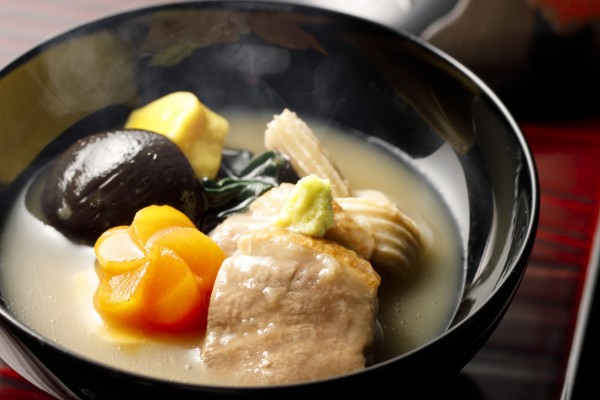
Echizen oroshi soba
Fukui's representative "oroshi soba" is a simple dish of buckwheat noodles topped with spicy grated daikon radish, green onions, and bonito flakes, then covered with broth. Despite its simplicity, it has a profound flavor and has recently gained attention as a longevity food.
Saba no Heshiko
This dish is made by salt-curing mackerel (with innards removed), then pickling it in rice bran. It can be enjoyed as is or lightly grilled. The name comes from the local dialect word "heshikomu," which means "to pickle."
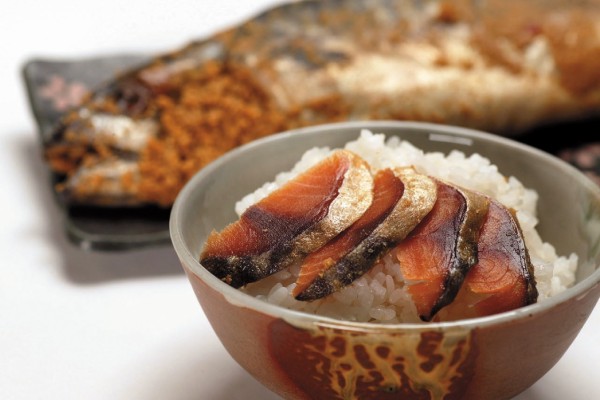
Houtou
This dish is made by bringing dashi broth to a boil with seasonal vegetables like pumpkin, adding flat, wide wheat flour noodles (wider than udon), and simmering until soft, then seasoning with miso. The soup becomes thick and stays warm longer.
Yoshida Udon
These thick, firm noodles are served in soy sauce or miso broth, or a combination of both. Toppings include boiled cabbage, carrots, burdock root, fried tofu, and horse meat. The noodles are known for their exceptional firmness.
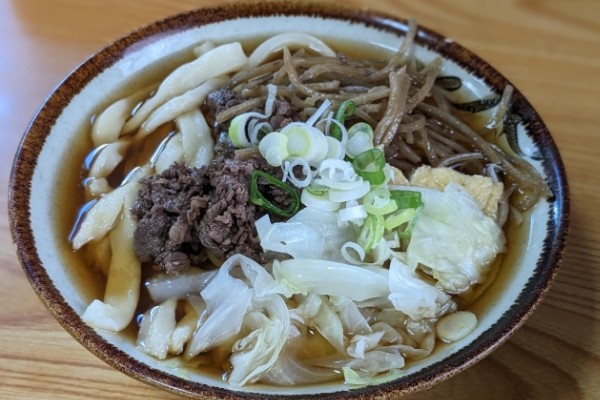
Shinshu Soba
In Shinshu (Nagano), buckwheat was historically cultivated as an important food source in high-altitude and mountainous areas where rice couldn't grow, and the tradition of soba-making has been passed down through generations.
Oyaki
Oyaki are dumplings made by stir-frying vegetables or mountain herbs, seasoning them with miso or soy sauce, wrapping them in kneaded wheat flour, and then either grilling or steaming them. Various types of oyaki are made according to the seasons of vegetables and mountain herbs.
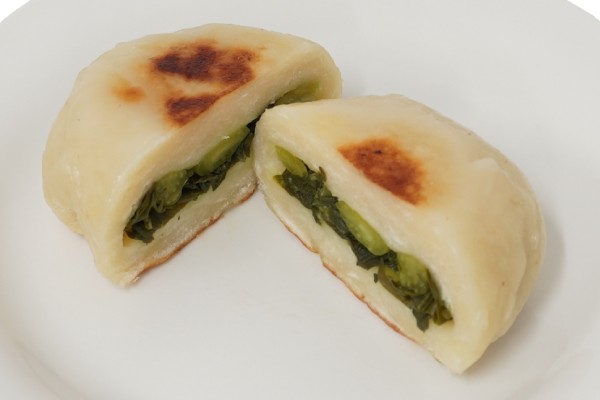
Kuri-kinton
This sweet is made by boiling fresh chestnuts with their skins on, scooping out the insides while still hot, pressing them through a sieve, seasoning with sugar and a little salt, and simmering over low heat. The mixture is then lightly squeezed in a tea cloth.
Houba-miso
Houba-miso is made by placing miso on dried magnolia leaves, mixing in preferred ingredients like green onions, shiitake mushrooms, and pickles, then grilling it over charcoal. The fragrance of the miso and magnolia leaf wafts up, and it's ready to eat when the miso starts bubbling.
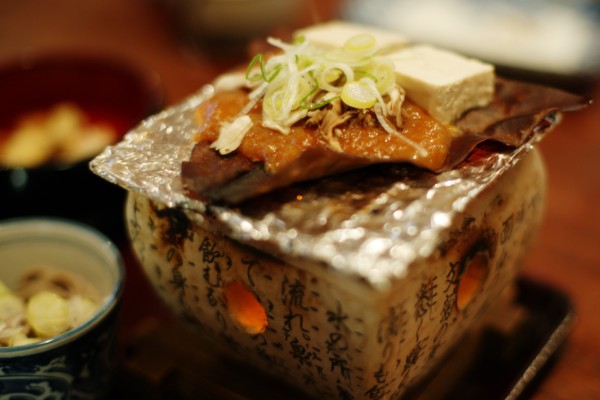
Sakura-ebi no Kakiage
This dish is made by mixing fresh sakura shrimp with green onion leaves, using minimal batter, and frying until crisp. Its appeal lies in the crispy texture and the sweetness of the sakura shrimp.
Unagi no Kabayaki
Hamamatsu and Lake Hamana's "grilled eel" is prepared by removing the bones from eel, coating it with sauce, and grilling it. There are two cooking methods: Kansai-style (not steaming before grilling, resulting in a more aromatic flavor) and Kanto-style (steaming before grilling for a softer texture).
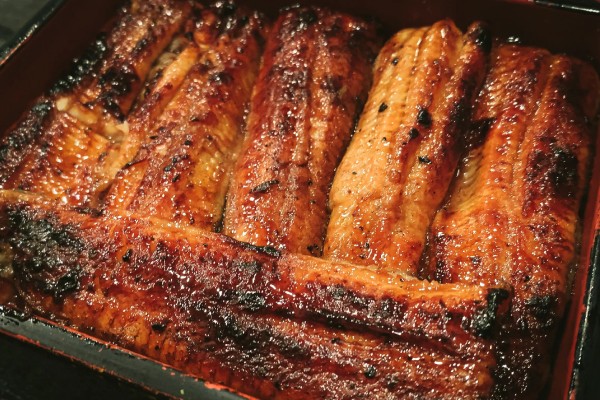
Hitsumabushi
This dish features grilled eel that is finely chopped and placed on rice in a wooden container (hitsu). It can be enjoyed in three ways: as is, with condiments, or as ochazuke (with tea poured over it), allowing you to fully savor the deliciousness of eel.
Miso-nikomi Udon
This is a local dish where extremely firm noodles made only with wheat flour and water are cooked in a thick soup of red miso flavored with bonito dashi. Ingredients include chicken, fried tofu, eggs, and green onions, all simmered in an earthenware pot. With meat, vegetables, and fried tofu, it's a nutritionally balanced dish.
update